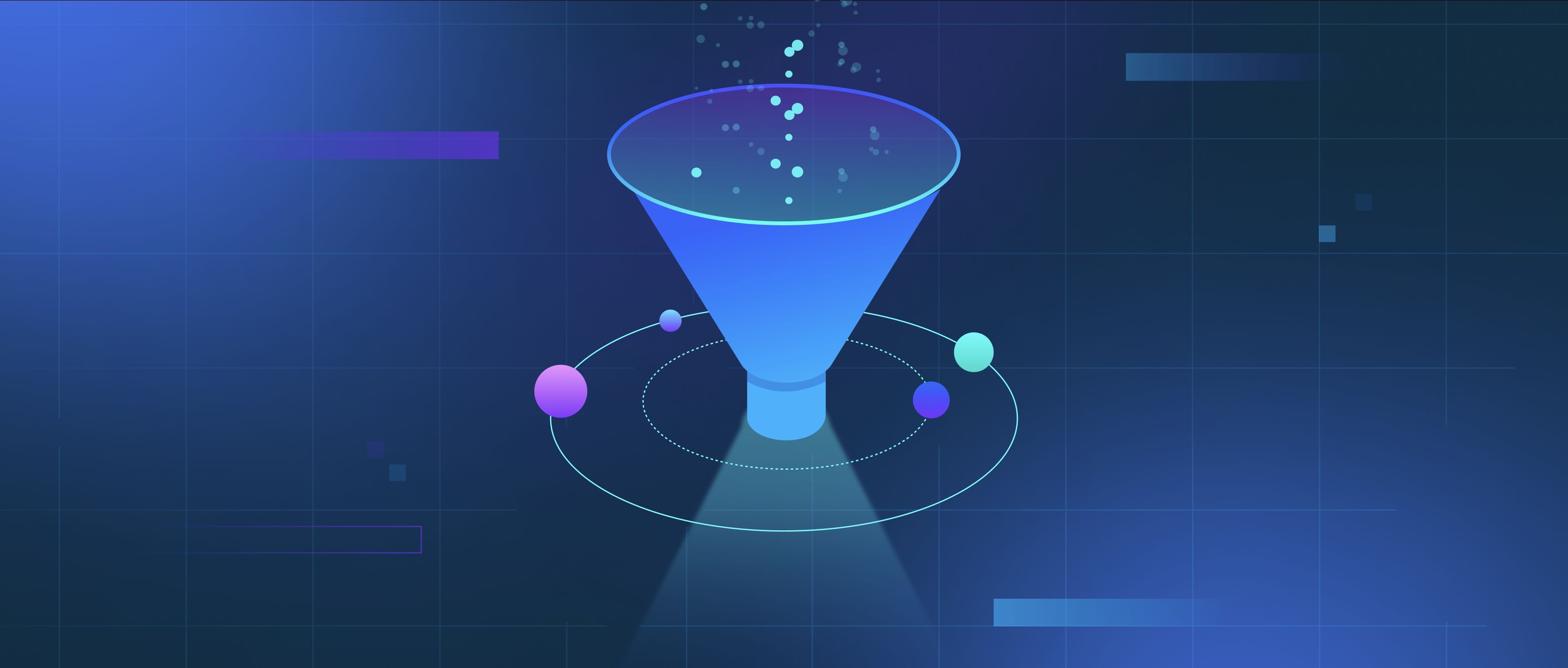To use Gym environments with reinforcement learning (RL) algorithms, you start by installing the OpenAI Gym library. Gym provides a wide range of simulated environments that you can use to test and train your RL algorithms. After installing, you can create an instance of an environment using environment classes provided by Gym, like gym.make('CartPole-v1'). This allows you to specify which environment you want to work with. The environment will provide you with methods to reset it to a starting state and to take actions, which will generate new states and rewards depending on the action selected.
Once you have your environment, you begin your RL algorithm by resetting the environment and obtaining the initial state. The main loop of your RL algorithm involves repeatedly selecting an action based on the current state. You can employ different action-selection strategies, such as epsilon-greedy, where you choose a random action with a certain probability, or a more sophisticated policy-based method. After taking an action, you call the environment's step(action) method, which returns the next state, the reward received, whether the episode has finished, and any additional info. This information is crucial for learning, allowing your algorithm to update its policy or value function based on the rewards and transitions experienced.
As an example, consider training a Q-learning agent in a 'FrozenLake' environment. You would define a Q-table initially filled with zeros and update the Q-values based on the states, actions, and rewards received. You’d implement a learning process where the agent explores the environment by navigating through it and learning from the results of its actions. Over time, as the agent collects more experiences, it should start to learn an effective policy that maximizes the total reward. By iterating through episodes and adjusting the Q-values with each action taken, the agent will improve its performance within the Gym environment.
